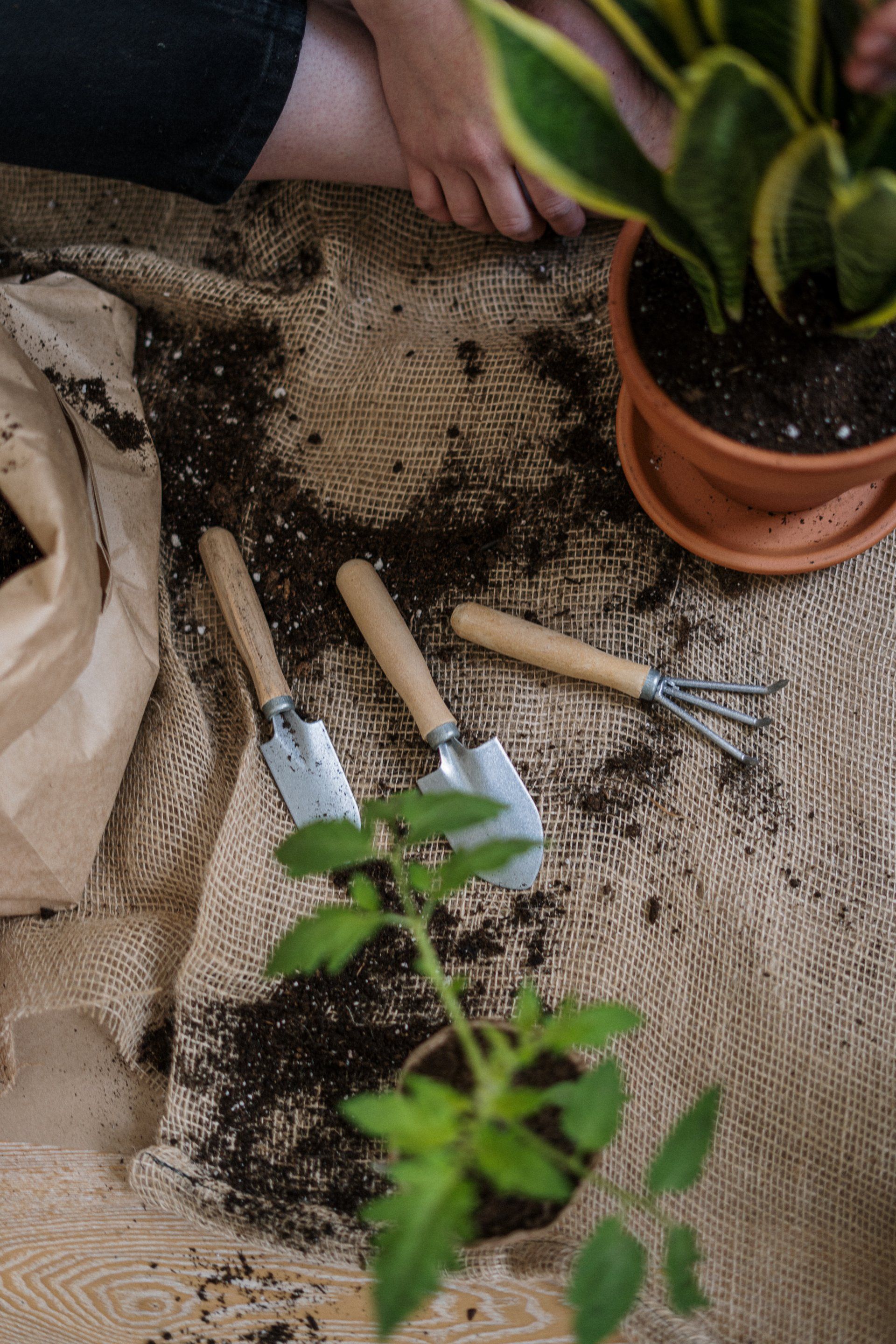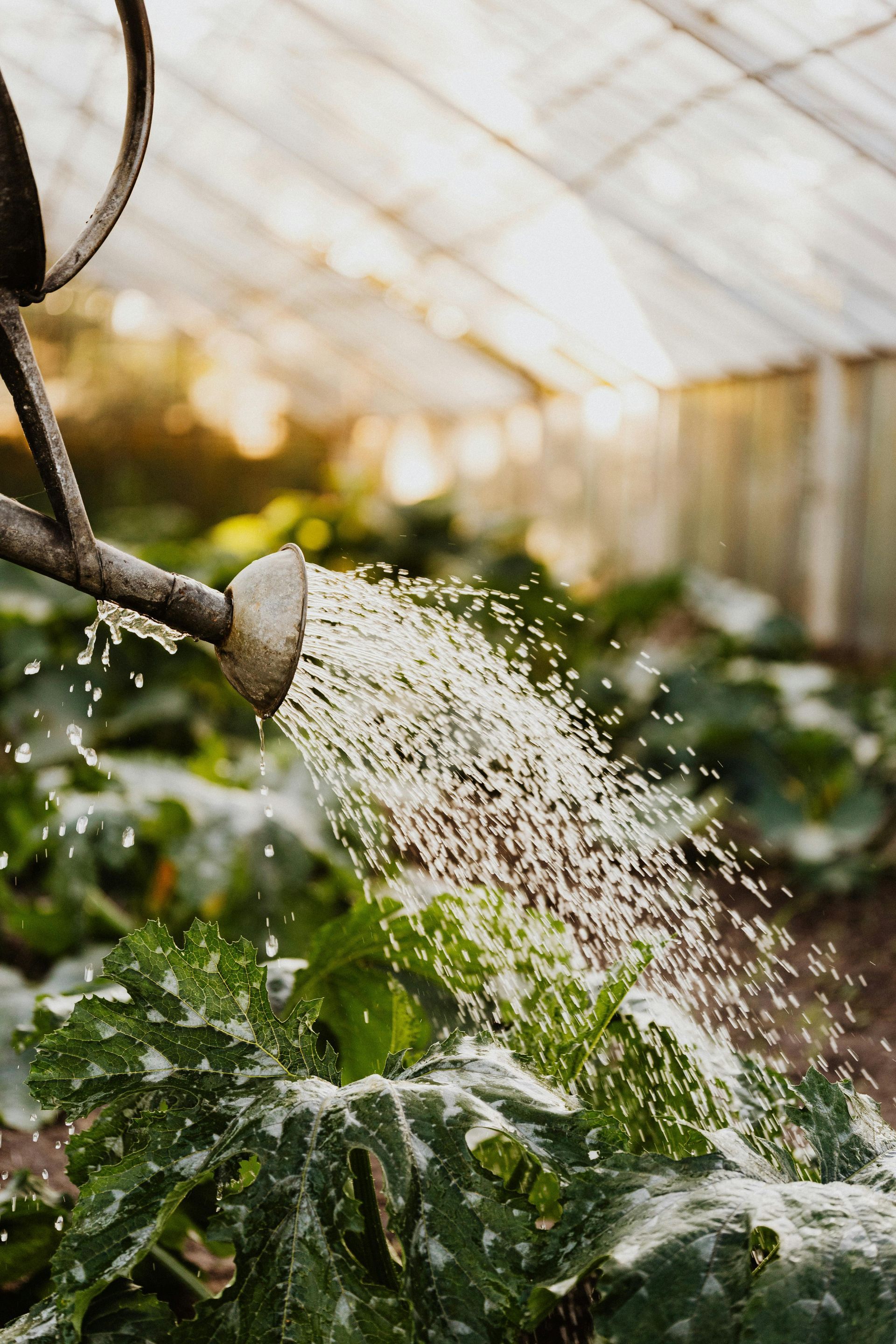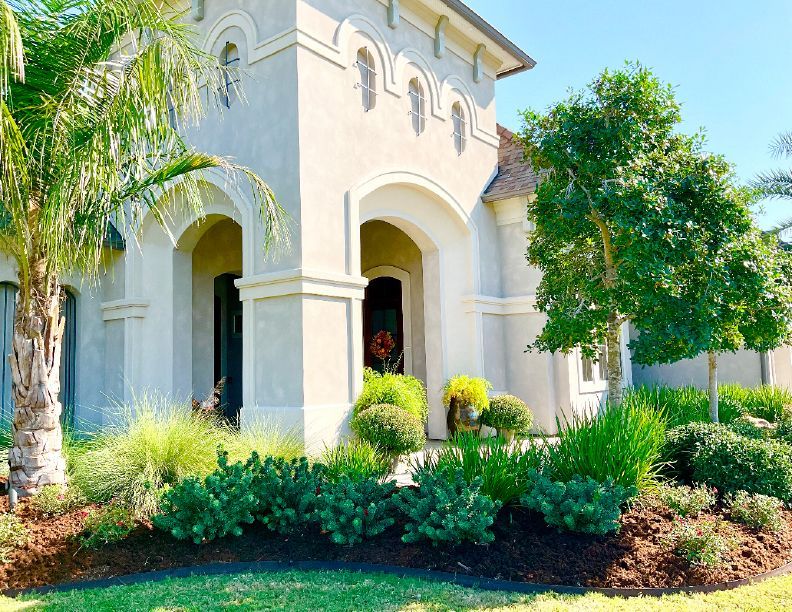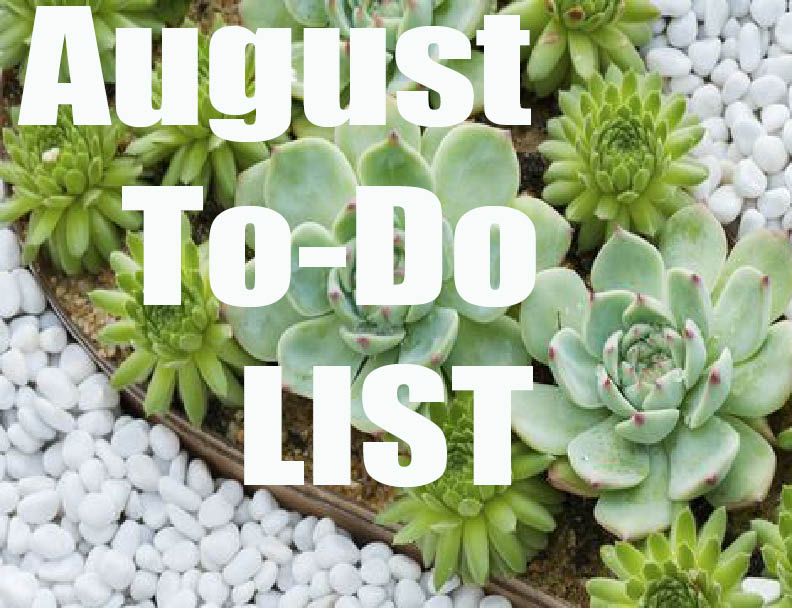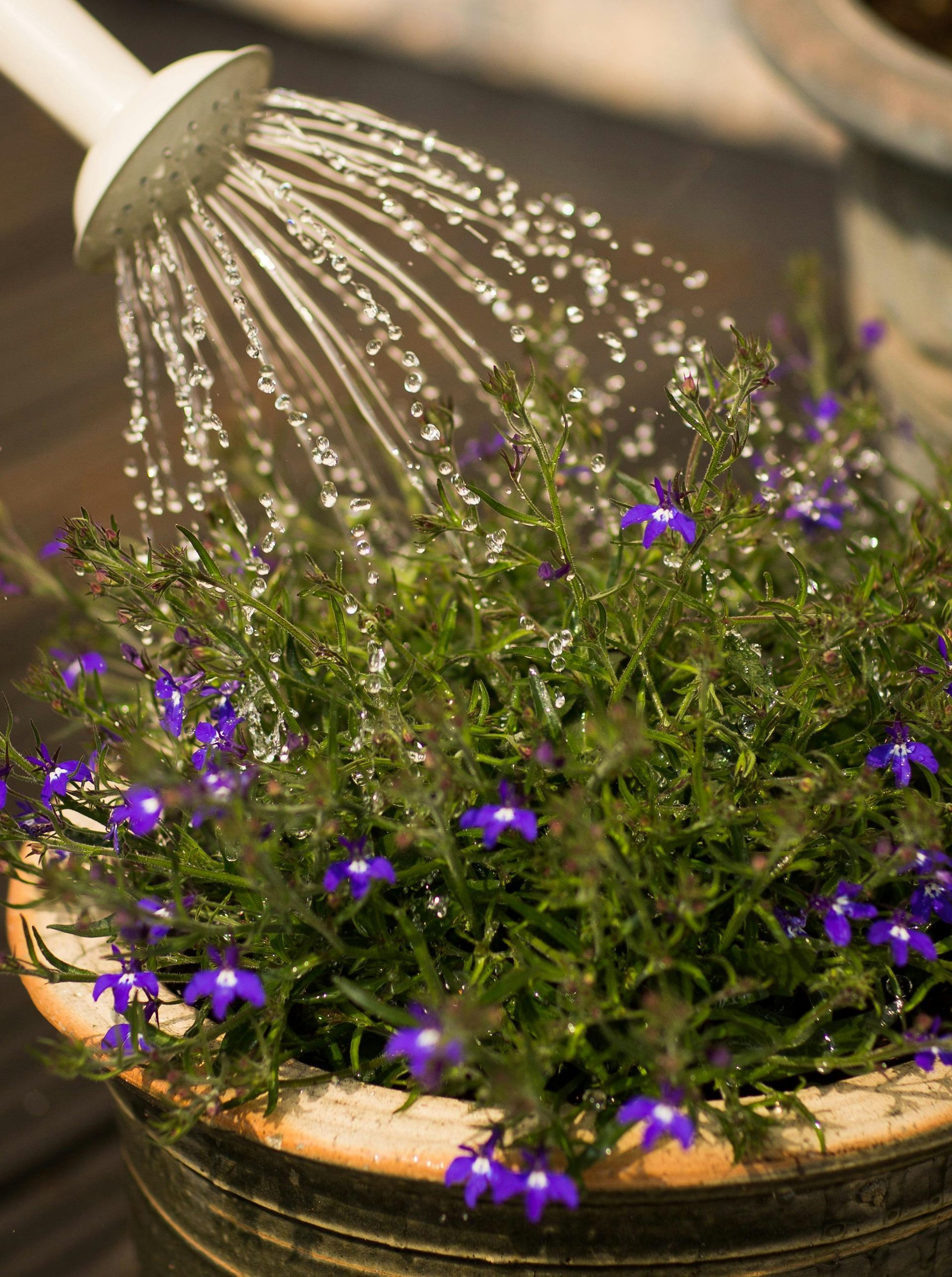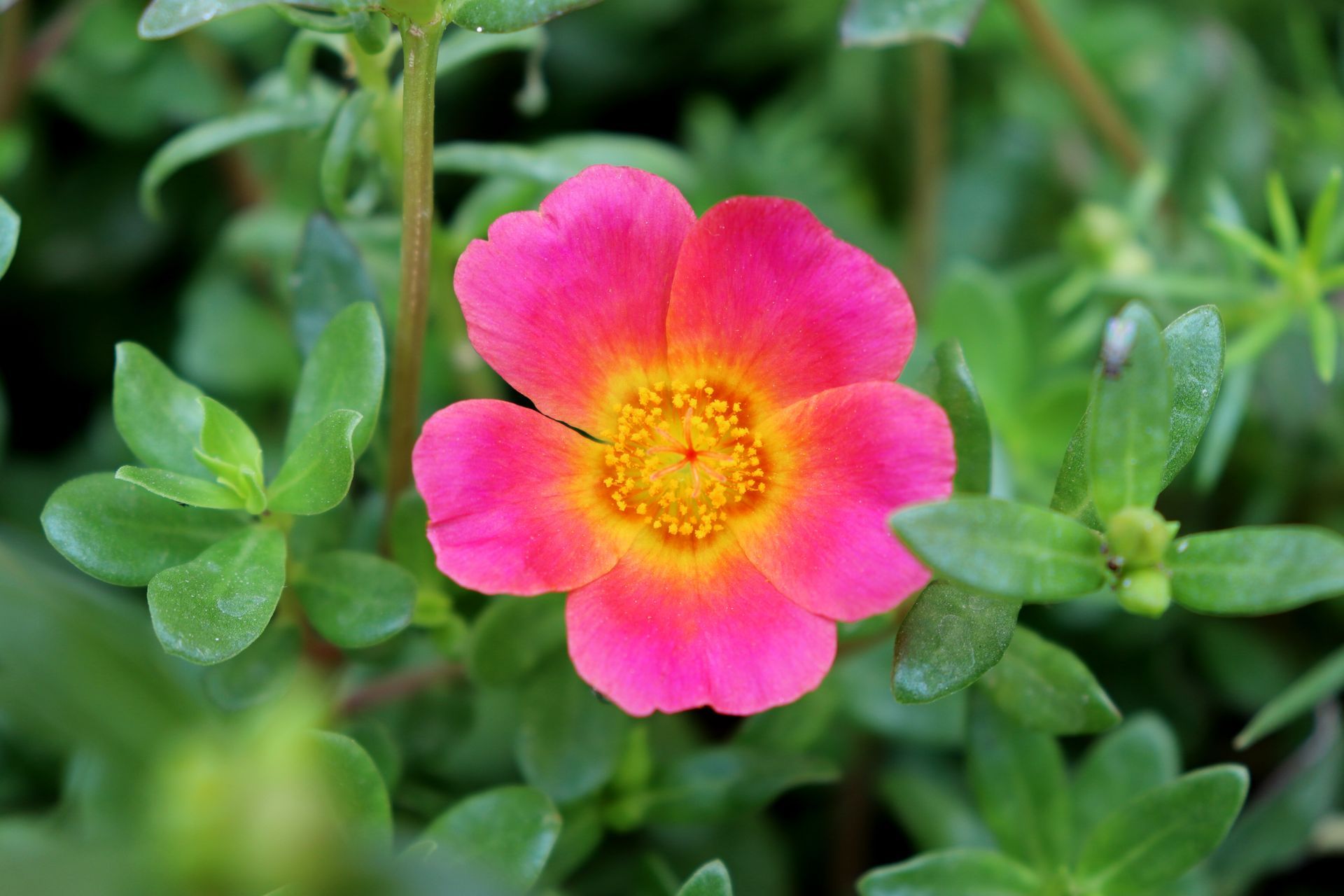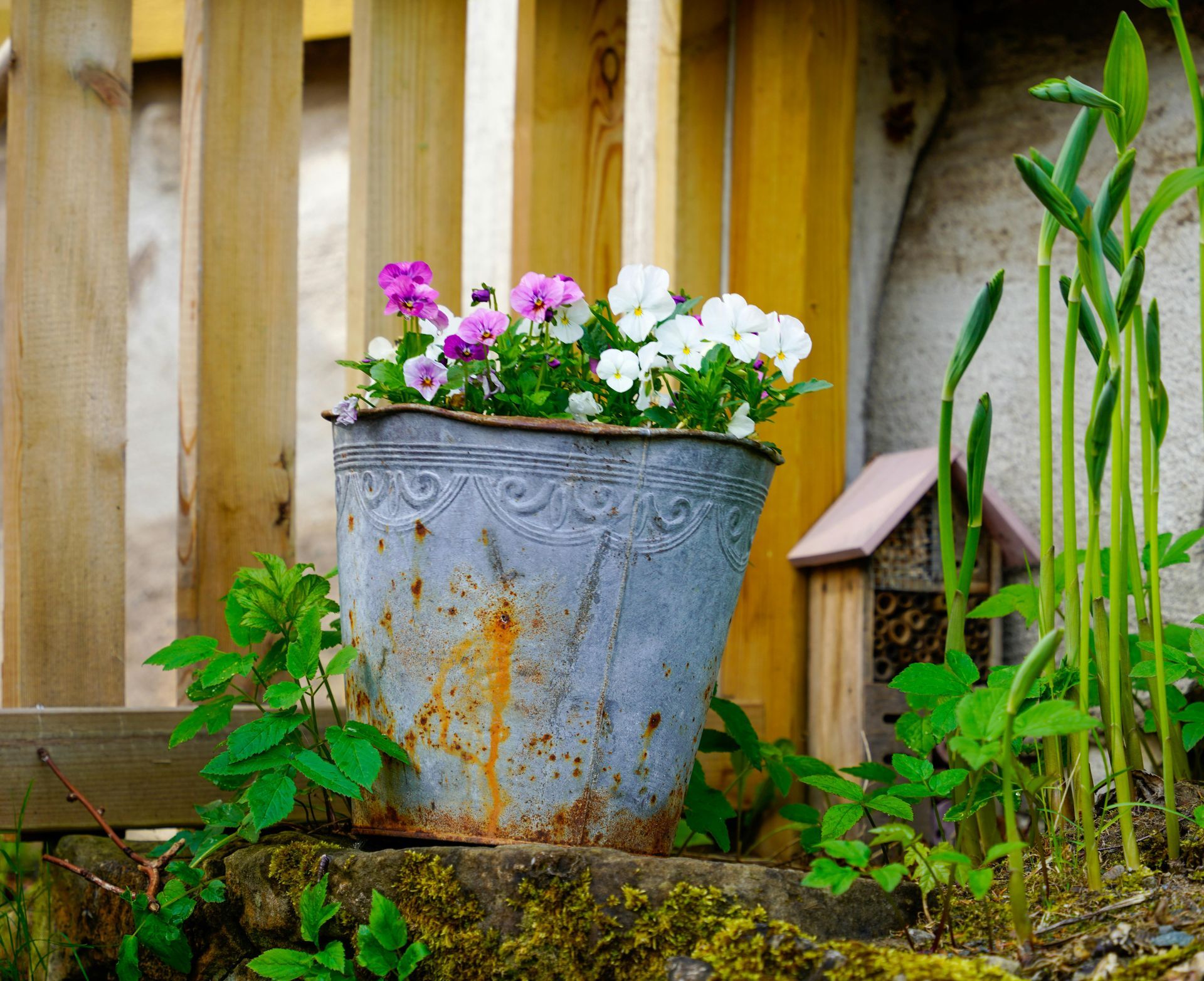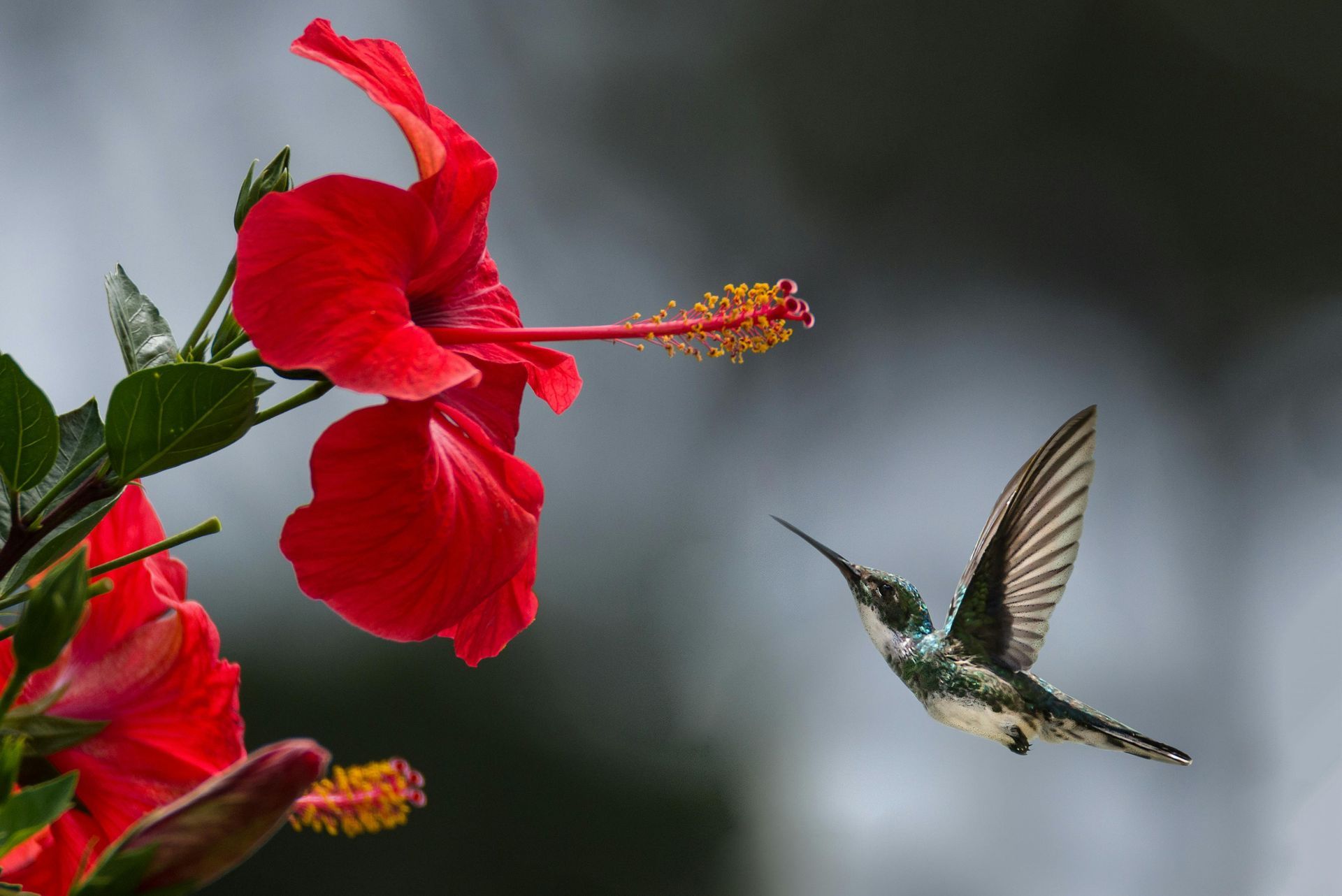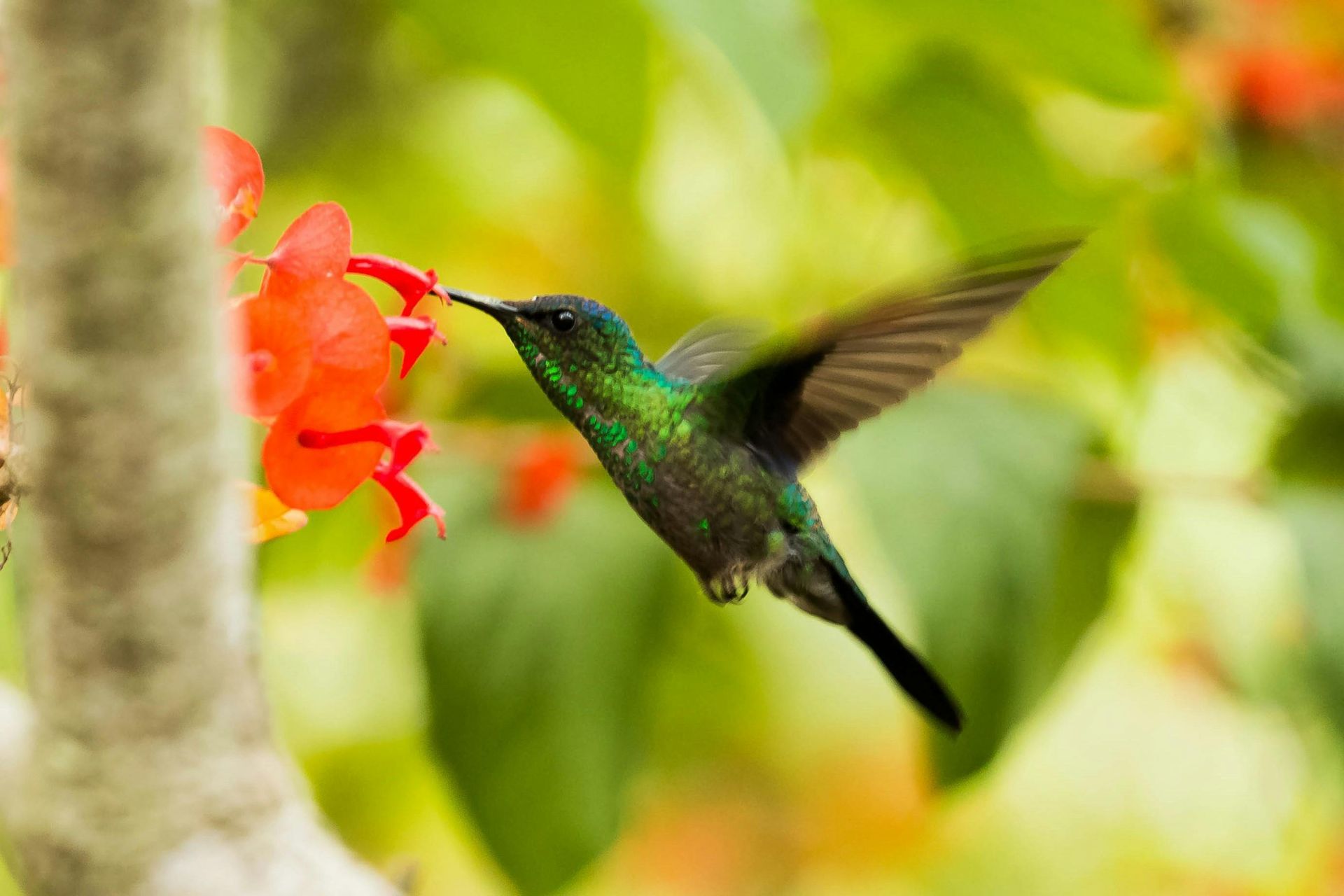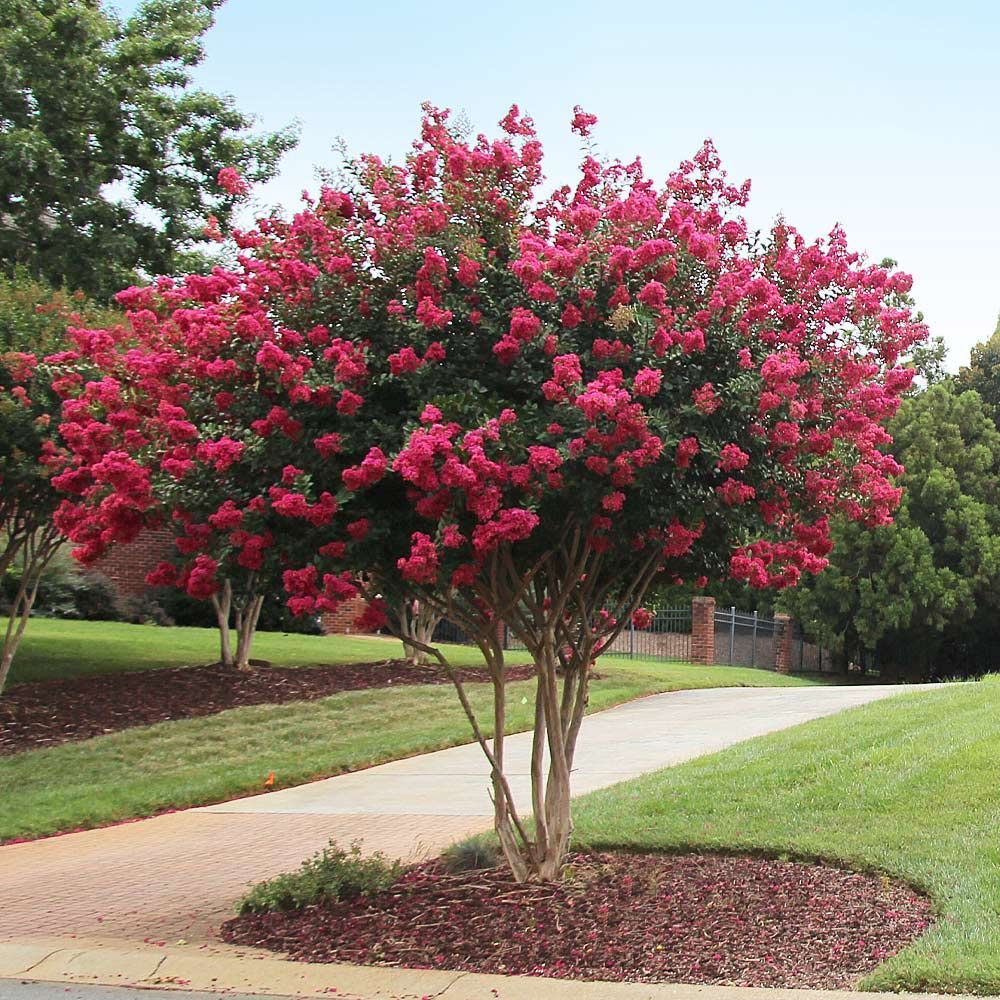Don’t Wait! Root Stimulate for Summer Planting Success!
Many people are asking whether this or that plant can be planted in the summer. The fact of the matter is that Louisiana has a climate that allows for planting 365 days a year, with a little understanding of how plants work and what they need.
Virtually all outdoor landscape plants follow a seasonal succession of growth stages. Tropicals like palms and hibiscus love the heat and grow very well throughout summer; however, any hardy plants that are planted in summer may require a little additional care. Woody plants like trees and shrubs are growing very actively in spring as they are waking up and putting on fresh growth, and there is a second period of root activity in fall when some plants are converting some of their nutrients into starches to be stored in root and stem tissues as the plants prepare to go dormant in winter. In the summertime, roots are still actively supplying plants with water, oxygen, and minerals, of course, but we can give them a little nudge to make roots grow more quickly at the time of planting.
Garden center employees will often suggest buying a root stimulator, good at any time of the year, but especially important in summer when plants are tired and stressed from high heat and long days. Is this snake oil, or some kind of voodoo?
The fine print on the label says it contains something called indole-3-butyric acid. What exactly is this? Well, butyric acid is a synthetic plant hormone that very closely imitates the function of the natural hormone, auxin, in plant development. Auxin is the hormone that tells the tip of a stem or root to grow, and there is an auxin receptor at every node and tip of every stem and root.
For example; when our roses become leggy and we cut them back to make them “full” again, we are removing the auxin receptor at the end of that branch, forcing all the side buds along the stem to receive more of the hormone. This is what creates new side branching, which are the next stems to grow and produce new flowers.
Just as we deadhead or cut back bushes and shrubs to make them prettier, we tell people to trim or tease the root system of a plant that has just been taken out of a container before planting. This breaks off the tips of those roots that have begun to encircle the base of the pot it was grown in and will allow new side shoots to form at the edges of the root system so the newly forming roots can grow outward and downward, instead of continuing in a spiral.
When plants are first in the ground they don’t have the ability to reach any of the water in the soil that is not directly against the existing roots. Many people make the mistake of seeing that some part of their flowerbed is moist and think their plant is okay, but the new plant already drank all of the water right next to its roots and there will be a little halo of dry soil surrounding that new plant.
This is where Root Stimulator comes in. Hardy, woody plants are not going to grow a whole lot when daytime temps are in the mid-90’s and nighttime lows are 78-85 degrees (heat-loving tropicals are an exception to this rule). Plants really like grow when there are warm days and cool nights and soil temperatures are 55-65 degrees. We can force the plant’s roots to think it’s time to grow, however, by applying the butyric acid. Our root stimulator also contains a wetting agent, which actually helps moisture reach root surfaces, helping those baby roots access every last bit of water available in sun-scorched soils. This will encourage rapid development of new feeder roots and help with easy water absorption while the plant is trying to become established.
The fertilizer in root stimulator contains relatively high phosphorus which encourages branching development (think of roots as underground branches), and lower amounts of nitrogen which encourages leaf growth. If roots are what give the plant water, then leaves, which are exposed to the sun and wind, are what are losing it, which is why plants will constantly be thirsty for more. Applying a fertilizer with low nitrogen in summer will reduce that plant’s leaf growth, limiting the amount of water it needs to survive.
The larger the root system gets with time, the more water the plant can absorb, even if we are not getting much rain. This is why fully established plants should only ever be irrigated if we are in a serious drought. The surface of our soil may dry very quickly, but the roots of healthy plants are reaching far into the ground to access groundwater not available at the surface.
Root stimulator is very easy to use – all you need is a watering can. Simply mix 3-1/2 tablespoons (1.75 oz) of root stimulator into a gallon of water, and water your transplants with it once every two weeks until they get established. Small bedding plants can get about a pint (16 oz) of water, whereas larger plants 2-3 feet tall can get about a half gallon. Larger shrubs and trees will like a full gallon of root stimulator solution once every two weeks. It is important to note that Root Stimulator is not rated for edible plants.
Doing this even once is great for the plant, but it can be repeated once every two weeks throughout the growing season. When days get shorter and nights begin to get a bit cooler in fall, root stimulator will no longer be necessary. By the following spring, your plant should have a well-established root system, and will be ready for conventional fertilizer like tree and shrub food or all-purpose fertilizer.
